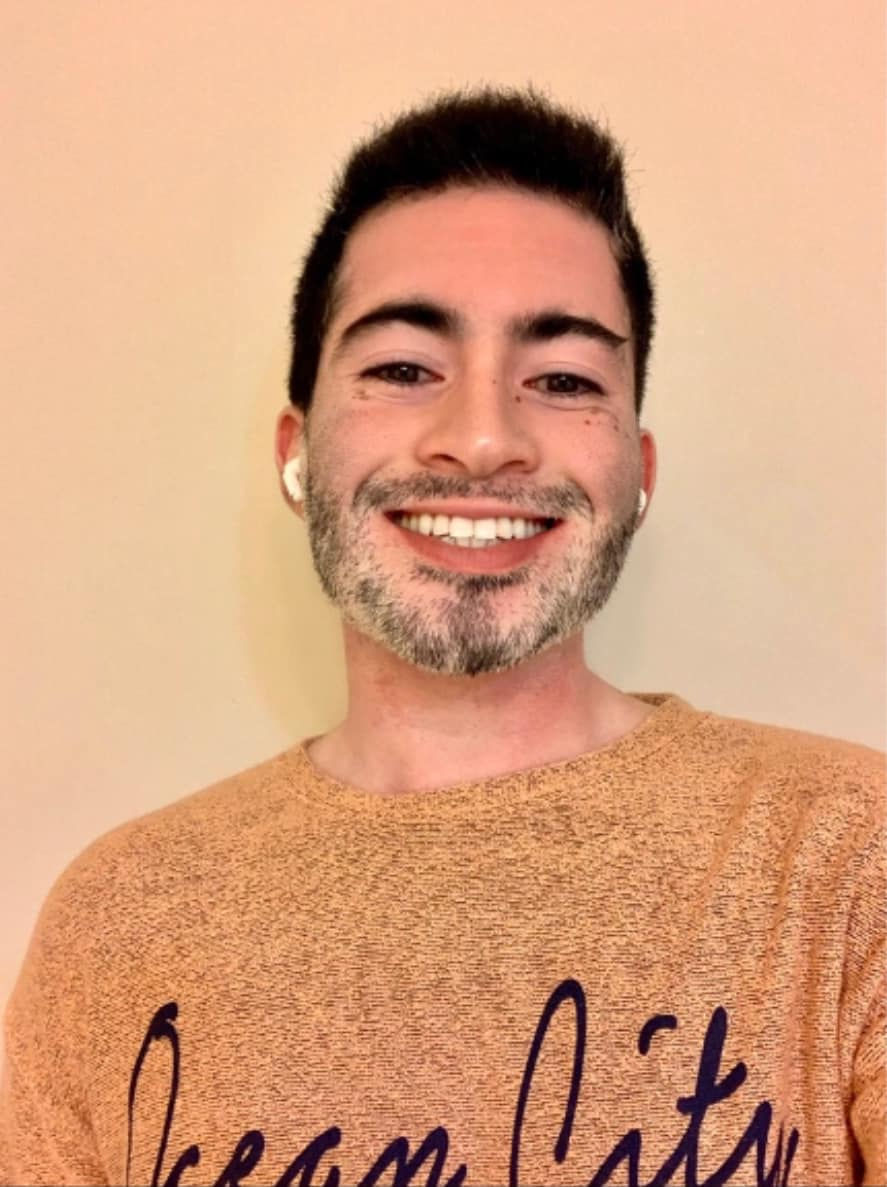Meet Shahnawaz
- Parsa Abdi
- Aug 6, 2024
- 3 min read
Updated: Aug 6, 2024
Greetings, Vitiligo Voices Canada! My name is Shahnawaz, and I am a 24-year-old from Ontario living with universal vitiligo. I’m also a second-generation Pakistani-Canadian and a first-year medical student currently studying at McMaster University in Ontario.

My vitiligo journey began at six years old when white patches first began to replace my dark brown skin tone. At this time, I remember my parents being quick to place me in any re-pigmentation therapies that they could find—we tried phototherapy and various creams, none of which made a difference for me.
I was disheartened to see my skin slowly lose all its remaining pigment up until I turned 11, and I have been left with a universally pale complexion ever since.
Living with dual skin tone for much of my childhood was psychologically challenging. Over the years, I was subjected to constant stares from strangers, teasing from peers at school, and many other unfiltered remarks from onlookers who found amusement in my uncommon appearance.
As my complexion began to drastically differ from my family members—with us being South Asian and dark-skinned—I naturally began to question whether I even belonged to my culture and ethnic group.
Even throughout my teenage years, I felt as if these core elements of my identity had been permanently stripped away from me, along with my pigment. I tried to shield myself from external judgments by avoiding new people and situations as much as possible, and despite feeling safer in the short-term, my strategy to withdraw from the world around me ultimately exacerbated my social anxiety and isolated me further from others.
I gradually learned to overcome the bulk of my identity confusion after several years of personal work, introspection, and support from loved ones—these steps toward healing enabled me to embrace my vitiligo diagnosis and find peace with my appearance. Gradually expanding my comfort zone and putting myself back ‘out there’ into the world further empowered me, as I slowly began to cultivate the inner strength necessary to rise above my self-limiting beliefs and withstand the external judgments of others.
Vitiligo has taught me how to remain resilient in the face of life’s many adversities while practicing acceptance and self-compassion for my differences. It’s also instilled an intrinsic desire within me to turn my setback into service for others. By publicly sharing my narrative, I hope to step out of the shadows and embark on a life-long path of advocacy for those similarly grappling with a fractured sense of identity and belonging. This has become an ongoing, relentless mission for me—one that intersects my lived experience and my academic aspirations.

As a medical student, I’ve developed a strong passion for psychodermatology—the exploration of the skin-mind connection—and just recently began my first research project that examines the mental health burden of vitiligo across different skin tones. By spotlighting skin stories in medical research, my intention is to have our vitiligo voices amplified and acknowledged by those who are in positions to improve the status quo of vitiligo care. This is a diagnosis that extends far beyond cosmetic concerns for many, and it’s imperative to relay this message to medical professionals and the general public alike.
Beyond academia, my skin transformation serves as the driving force behind my work with the Vitiligo Society: a UK-based charity that I have had the privilege of collaborating with as a virtual drop-in patient support volunteer over the past two years. I am also eager to publish my story in their VitLife magazine later this year, and plan to write more articles with them later on to further connect with the global vitiligo community. I’m honoured to get started with Vitiligo Voices Canada next and can’t wait to hear from you all!



Comments